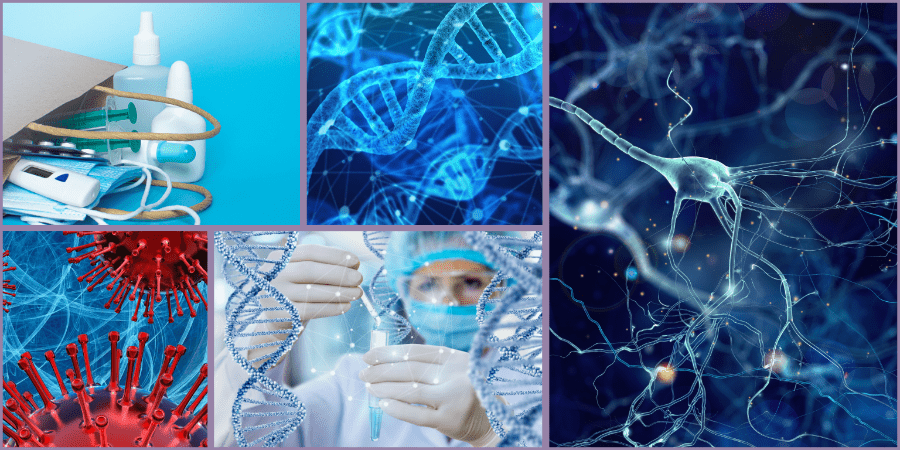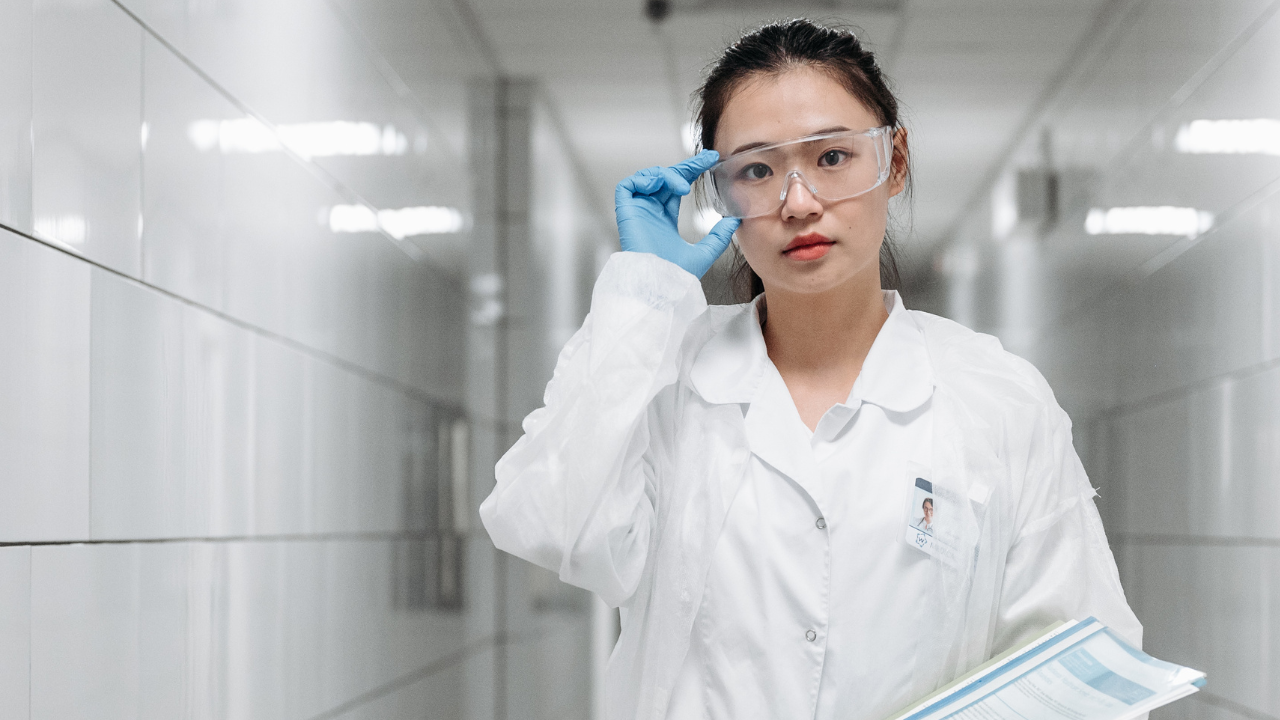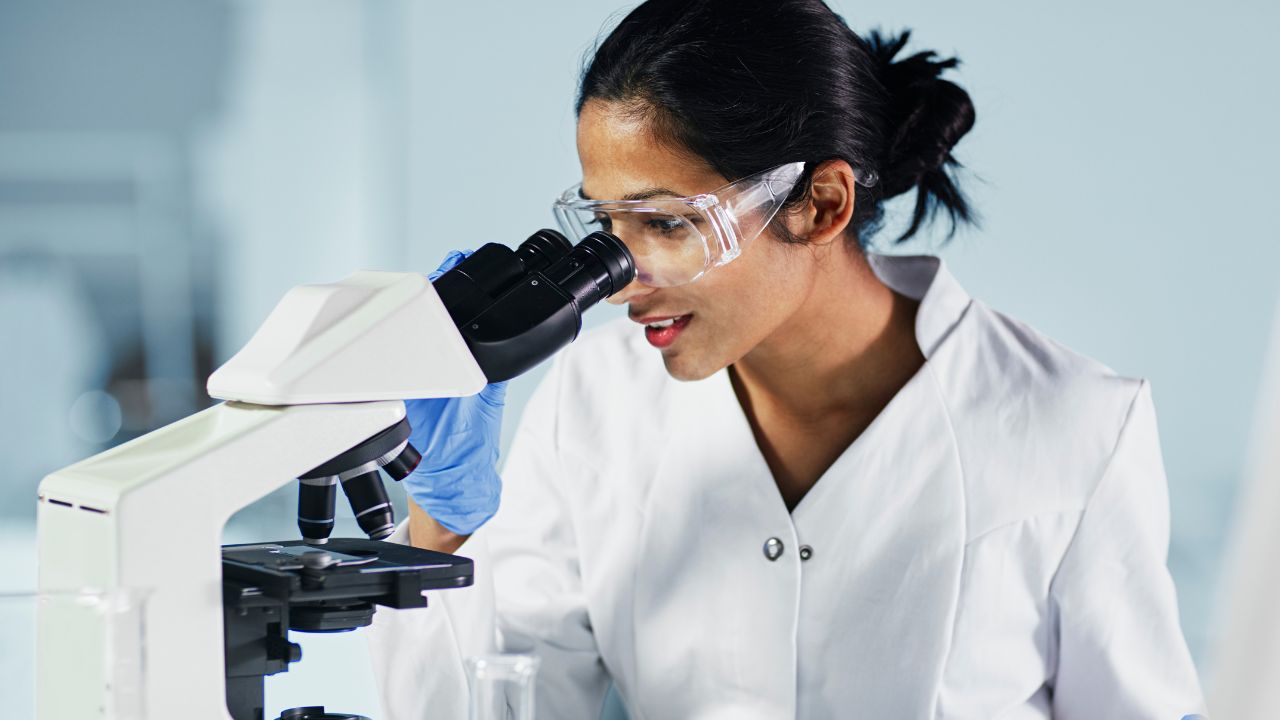From Magnetic Pills To Drug Delivery In Space - The Latest In Drug Delivery
10 Sept, 20213:57Since the approval of the first drug delivery formulation in the 1950s, research into transp...

Since the approval of the first drug delivery formulation in the 1950s, research into transporting pharmaceutical compounds for a better therapeutic outcome has progressed tremendously.
The availability of new technologies, including but not limited to the likes of 3D printers, has enabled the life science sector to discover new techniques of administering life saving drugs in more efficient and less invasive ways.
But what are the latest developments within drug delivery?
.png)
Magnetic pills could make insulin injections obsolete for diabetics
A group of Italian researchers recently published a study outlining a method of delivering insulin to diabetics that doesn’t require daily invasive injections. This two-component system consists of an implantable insulin reservoir/pump and ingestible magnetic pills that refill the reservoir when needed.
Though an exciting prospect, this method of drug delivery is not an entirely new concept. It’s now more than 40 years since the first diabetic received an implantable insulin pump. However, the concept never took off because the recipients had to visit a healthcare provider at least four times a year to have their devices refilled via syringes.
What is a new concept, however, is how the implantable reservoirs are refilled. The researchers in Italy are proposing the use of magnetic pills containing insulin, that will be ingested by the patient and then travel through the digestive system. The implant, which also contains magnets, will attract the pill, and subsequently pierce it with a retractable needle, allowing the insulin to enter the reservoir. The empty pill will then continue naturally through the digestive tract and be excreted. After the insulin is deposited into the reservoir, it will then be administrated to the patient when required.
Theoretically, the magnetic fields that control this process are regulated by an external programming device and the implant will be charged wirelessly meaning the device can have a long shelf life.
If this new method of insulin delivery is successful patients with diabetes can manage their condition without an invasive process or much external intervention. However, there’s still some research and development to be done before this method becomes approved for patient use. Arianna Menciassi, an author of the paper, reported that during testing the devices appeared watertight but in practice, some fluid was able to enter the machine.
Nanoparticles showing promise to treat reservoirs of HIV in the brain
Modern HIV treatments effectively suppress levels of the virus from impacting most parts of the human body. However, combination antiretroviral therapy is unable to cross the blood-brain barrier, meaning reservoirs of the virus can form in the central nervous system.
To combat this, researchers at the University of Miami are experimenting with using biodegradable brain-targeted polymeric nanoparticles to cross the blood-brain barrier and reduce the levels of the virus in the brain.
The researchers recently shared details of their progress by publishing a paper in the journal ACS Nano. The paper describes how they used nanoparticles to combine the antiretroviral therapy with antioxidant and anti-inflammatory neuroprotectants, creating a treatment with the potential to tackle both the viral reservoir and the oxidative stress and inflammation caused by the virus.
This report joins a list of previous publications from groups also seeking to get antiretroviral therapies into the brain. For example, last year researchers at the University of Tennessee published a paper describing the use of a poloxamer-PLGA nanoformulation to deliver elvitegravir to the brain.
CRISPR pioneer helps to create a gene-editing delivery system
Genome editing, genome engineering, or gene editing, is a vital technique with the potential to cure certain genetic diseases. Genetic engineering methods have been around since the 1970s. However, there’s still research and development to be done to improve the targeting for inserting a functional gene to replace a defective one.
One of the main challenges researchers are seeking to overcome is the potential for the body’s immune system to attack, thus preventing the new genes from reaching their target. A challenge CRISPR pioneer Feng Zhang and his colleagues Michael Segel and Blake Lash have taken on. In August 2021, they released a paper detailing a new way to get gene editing and other molecular therapeutics to target cells.
The method uses a protein found naturally in humans named PEG10, which reduces the likelihood of immune attacks. The protein binds to its own mRNA in the human body and forms a protective shell around the nucleic acid, giving it an advantage over other delivery vehicles.
Zhang and his colleagues are currently experimenting with how PEG10 can be engineered to unlock its drug delivery potential. By looking into the molecular sequences that PEG10 uses to recognize and package its mRNA, the researchers can engineer the protein to encapsulate other nucleic acids.
The team have also experimented with adding proteins to enable targeted delivery using SEND, an acronym for selective endogenous encapsidation for cellular delivery. The hope is that the team will create a modular platform for developing therapeutics for different diseases with nominal side effects.
SpaceX sends remotely controlled drug delivery implants into space
As part of ongoing studies and experimentation of drug delivery in space, NASA recently sent implantable drug delivery devices to the International Space Station on a SpaceX resupply mission.
The SpaceX resupply spacecraft took 10 remotely controlled drug delivery implants sealed in tubes of saline solution to the International Space Station in August 2021. Once received and activated by the crew on board, the devices will be able to communicate with researchers back on earth via Bluetooth.
NASA is planning to use the implants so research can be conducted by scientists on Earth without taking up the time of the crew members on the station. After the study is complete, the devices will return to Earth for assessment by the researchers.
Why use NES Fircroft to find a job in Life Sciences?
A Life Science job is a chance to save lives. Here at NES Fircroft, we’ve been supporting the Life Science industry for over 20 years.
We have dedicated NES Life Science recruitment hubs in Switzerland, Germany, Singapore, China, Australia, and the UK, meaning we have a truly global presence. Our specialist Life Science consultants operate in specific sub-sectors, including Fine Chemicals, BioPharma, Pharmaceuticals, Biotechnology and Medical Devices. We offer a range of candidate support services and work closely with each person to help them achieve their career goals.
If you’re ready to start the search for your new role, browse our Life Science jobs.









